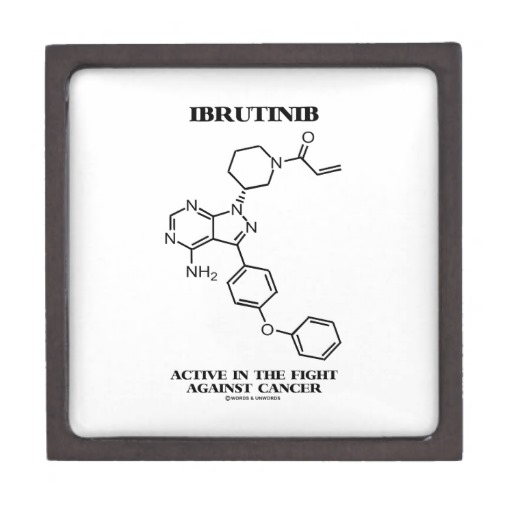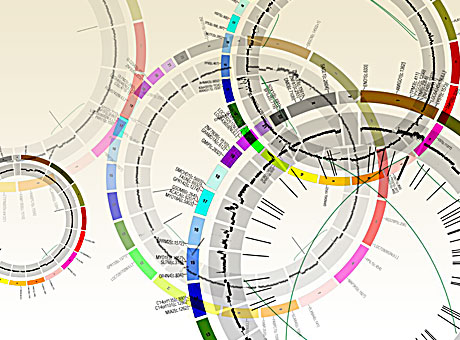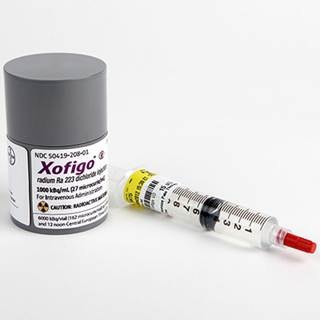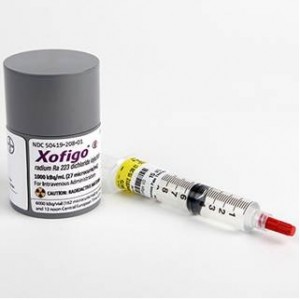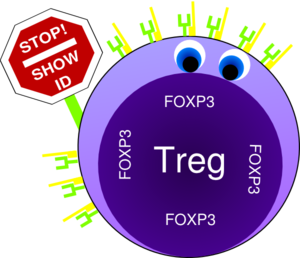One of the primary roles of the immune system is the specific identification and elimination of tumor cells on the basis of their expression of tumor-specific antigens or molecules induced by cellular stress. This process is referred to as tumor immune surveillance. In this process the immune system recognizes malignant and/or pre-malignant cells and removes them. However, tumor cells do escape from tumor immune surveillance, and therefore, therapies targeted to enhance antitumor immunity is currently in development.
Blockade of immune checkpoints is the most promising approach to activate therapeutic antitumour immunity. Immune checkpoints refer to a group of inhibitory pathways connected into the immune system that are important for maintaining self-tolerance. In peripheral tissues immune surveillance also modulates the duration and amplitude of physiological immune responses in order to minimize collateral tissue damage. Studies have suggested that tumor cells adopt many immune-checkpoint pathways as a major mechanism of immune resistance. Immune checkpoint receptors cytotoxic T-lymphocyte-associated antigen 4 (CTLA-4, also known as CD152) and programmed death 1 (PD-1) receptor appear to play important roles in antitumor immunity and have been most actively studied in the context of clinical cancer immunotherapy.
 CTLA-4 is expressed on T cells and down modulates the amplitude of T cell activation. Several preclinical studies demonstrated significant antitumor responses following blockade of CTL4-A with limited immune toxicities. This led to the development of two fully humanized CTLA-4 antibodies ipilimumab and tremelimumab. In clinical trials, ipilimumab demonstrated survival benefits for patients with metastatic melanoma, and was approved by the US Food and Drug Administration (FDA) for the treatment of advanced melanoma in 2010.
CTLA-4 is expressed on T cells and down modulates the amplitude of T cell activation. Several preclinical studies demonstrated significant antitumor responses following blockade of CTL4-A with limited immune toxicities. This led to the development of two fully humanized CTLA-4 antibodies ipilimumab and tremelimumab. In clinical trials, ipilimumab demonstrated survival benefits for patients with metastatic melanoma, and was approved by the US Food and Drug Administration (FDA) for the treatment of advanced melanoma in 2010.
On the other hand, PD-1limits T cell effector functions within tissues. Tumor cells block antitumor immune responses in the tumor microenvironment by upregulating ligands (PDL1 and PDL2) for PD1. Several studies detected increased PD1 expression by tumor infiltrating lymphocytes and the increased expression of PD1 ligands in melanoma, ovarian, lung, renal-cell cancers and in lymphomas. This provided an important rationale to target PD1 in order to enhance antitumor immunity. The fully human antibody nivolumab was found to produce durable objective responses in patients with melanoma, renal-cell cancer, and non-small-cell lung cancer.
Even though individual blocking of CTLA-4 and PD-1 have shown substantial clinical antitumor activity, studies suggest that blocking a single inhibitory receptor only leads to up-regulation of the unblocked pathway. Therefore, in order to enhance antitumor immunity within the tumor microenvironment it appears to require simultaneous blockade of multiple negative co-stimulatory receptors. In preclinical studies, concurrent inhibition of CTLA-4 and PD-1 resulted in more pronounced antitumor activity than blockade of either pathway alone. On the basis of these observations, a phase I study was conducted to investigate the safety and efficacy of combined inhibition of CTLA-4 and PD-1in advanced melanoma patients and published recently in The New England Journal of Medicine (July 11, 2013). In their study, Wolchok and collagues (2013) treated 53 patients concurrently, and 33 patients sequentially with nivolumab and ipilimumab. Rapid responses were observed in concurrent-regimen cohorts as compared with sequential-regimen cohorts. The objective response rate in the concurrent-regimen cohorts was 40% along with 53% patients exhibited tumor regression of 80% or more. The objective response rate in the sequenced-regimen cohorts was 20% and 13% patients had tumor regression of 80% or more. In both groups, treatment related adverse events were managed with the use of immunosuppressants.
Collectively this study suggested that combined blockade of CTLA-4 and PD-1 would be more effective to enhance antitumor immunity compared to single inhibition of either CTLA-4 or PD-1.
References:
1. Swann, J.B. and M.J. Smyth, Immune surveillance of tumors. J Clin Invest, 2007. 117(5): p. 1137-46.
2. Pardoll, D.M., The blockade of immune checkpoints in cancer immunotherapy. Nat Rev Cancer, 2012. 12(4): p. 252-64.
3. Topalian, S.L., et al., Safety, activity, and immune correlates of anti-PD-1 antibody in cancer. N Engl J Med, 2012. 366(26): p. 2443-54.
4. Wolchok, J.D., et al., Nivolumab plus ipilimumab in advanced melanoma. N Engl J Med, 2013. 369(2): p. 122-33.






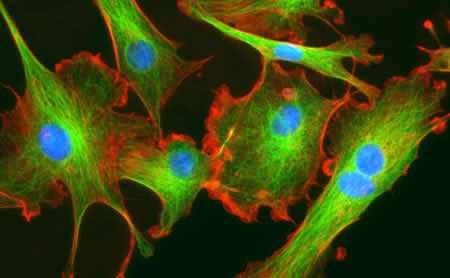
 recent edition of Nature Cell Biology Calvo et al. demonstrated that 6. Not only do the authors demonstrate that YAP/TAZ is active in CAFs, but YAP/TAZ is necessary for CAF development6. They show that CAF activation leads to matrix remodeling towards increased stiffness, via myosin light chain 2 (
recent edition of Nature Cell Biology Calvo et al. demonstrated that 6. Not only do the authors demonstrate that YAP/TAZ is active in CAFs, but YAP/TAZ is necessary for CAF development6. They show that CAF activation leads to matrix remodeling towards increased stiffness, via myosin light chain 2 (